In orchard cultivation, meteorological factors are the key factors affecting the growth, yield and quality of fruit trees. In order to accurately grasp the meteorological conditions in orchards and scientifically guide planting management, the orchard meteorological monitoring station has emerged and become an indispensable meteorological monitoring tool for orchard planting.
The WX-NQ14 orchard meteorological monitoring station has comprehensive monitoring capabilities and can monitor key meteorological elements such as temperature, humidity, wind speed, wind direction, light intensity and precipitation in the orchard in real time. These elements are crucial for the growth and development of fruit trees. For instance, suitable temperature and humidity are conducive to the normal growth of fruit trees, while changes in light intensity and precipitation directly affect the quality and yield of fruits. The orchard meteorological monitoring station captures the changes of these meteorological elements in real time through high-precision sensors, providing accurate and reliable data support for orchard managers.
In orchard planting and management, the orchard meteorological monitoring station plays a crucial role. It can help managers understand the meteorological conditions of the orchard in a timely manner and scientifically formulate planting plans and management measures. For example, during the dry season, by monitoring the precipitation, managers can arrange irrigation reasonably to ensure that fruit trees receive sufficient water. In hot weather, by monitoring temperature and humidity, managers can take measures such as cooling and humidifying to reduce the heat damage pressure on fruit trees. In addition, the orchard meteorological monitoring station can also provide long-term accumulation of meteorological data, offering a scientific basis for the planting planning and variety selection of the orchard.
The orchard meteorological monitoring station also has an intelligent early warning function. It can intelligently determine the possible meteorological disaster risks that the orchard may face, such as frost, drought and flood, based on the real-time monitored meteorological data, combined with historical meteorological information and fruit tree growth models, and send early warning information to the managers in advance. This intelligent early warning mechanism enables managers to have sufficient time to take preventive measures and reduce the impact of meteorological disasters on orchards.
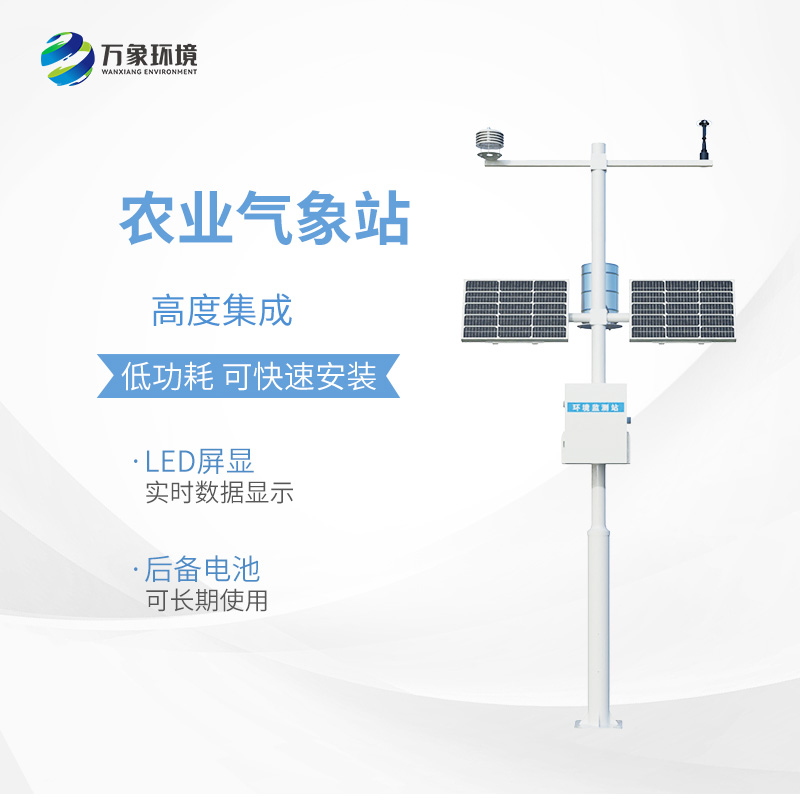
Article address:
http://www.0757gl.com/en/newcen/1470.html

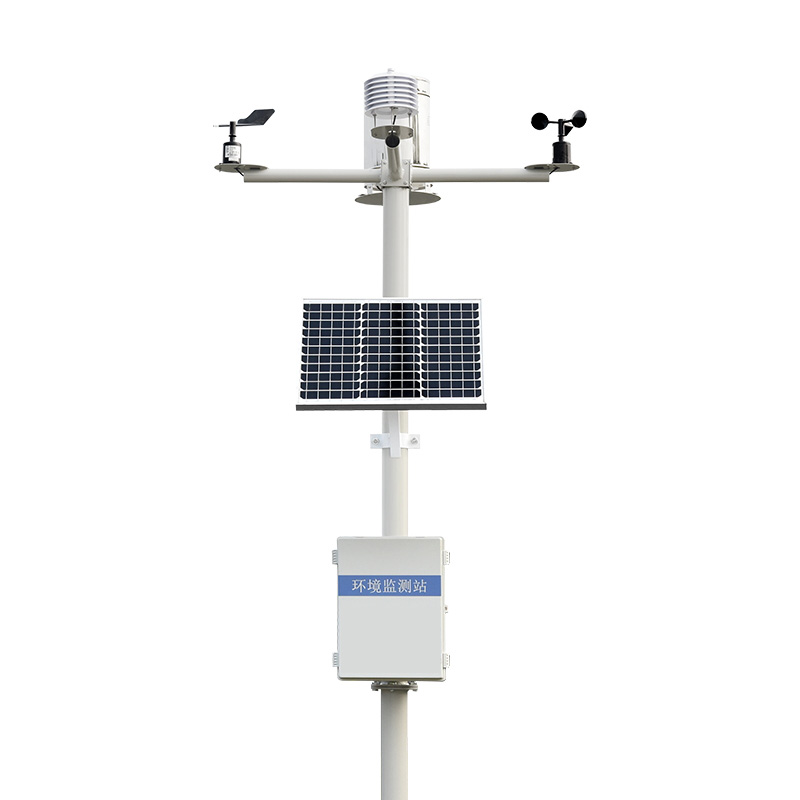
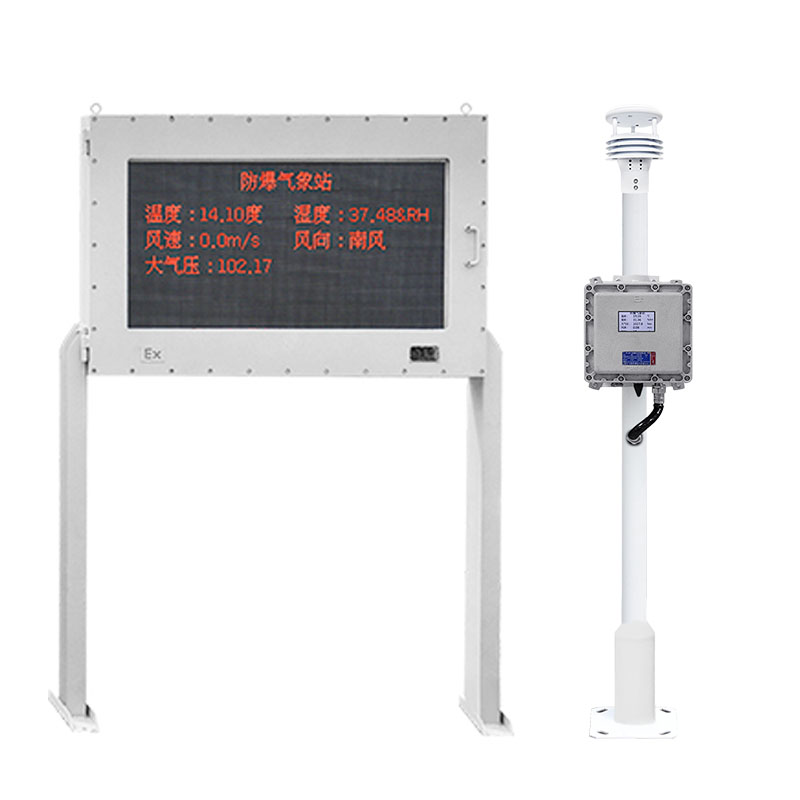
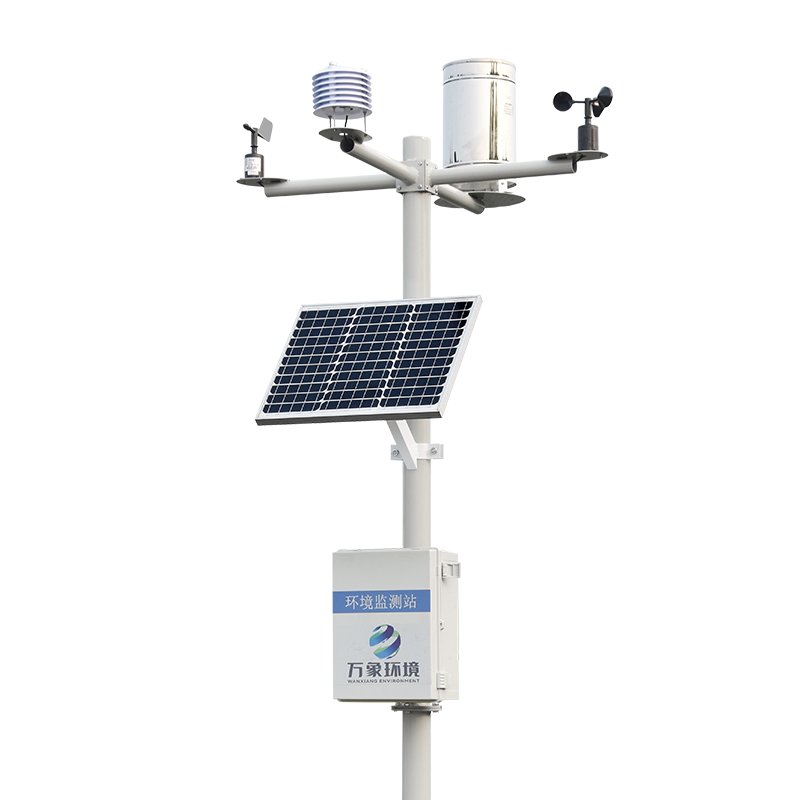
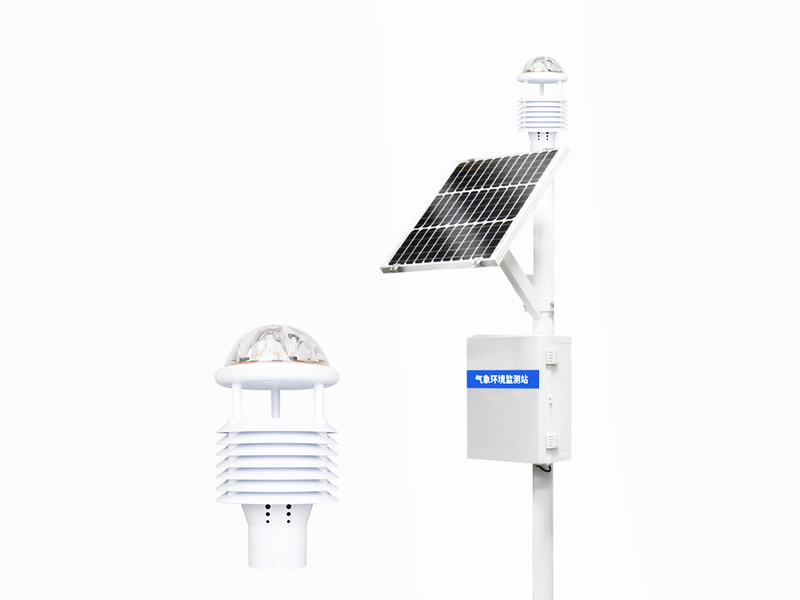
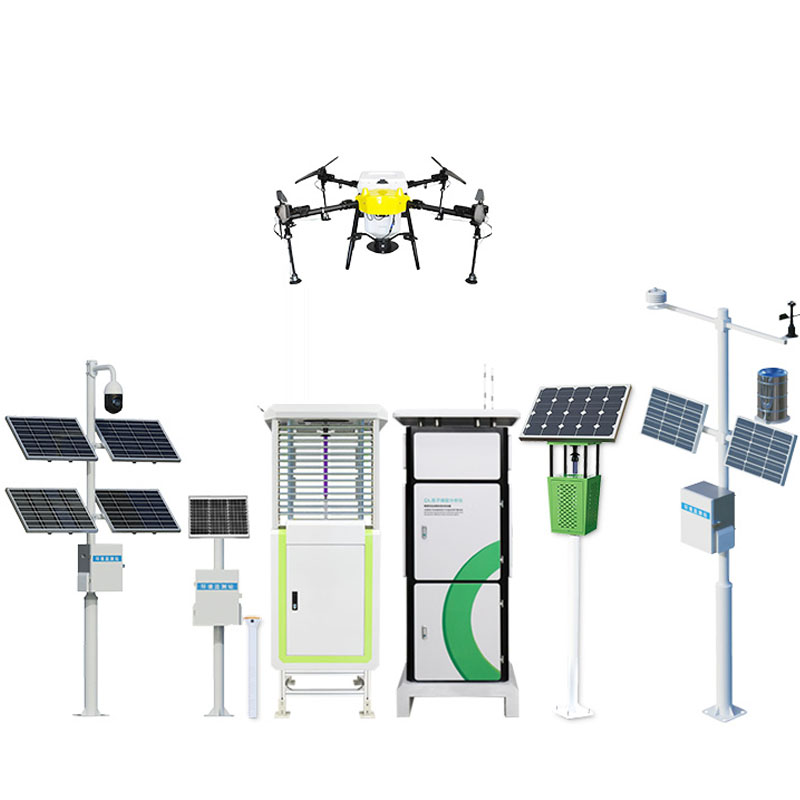






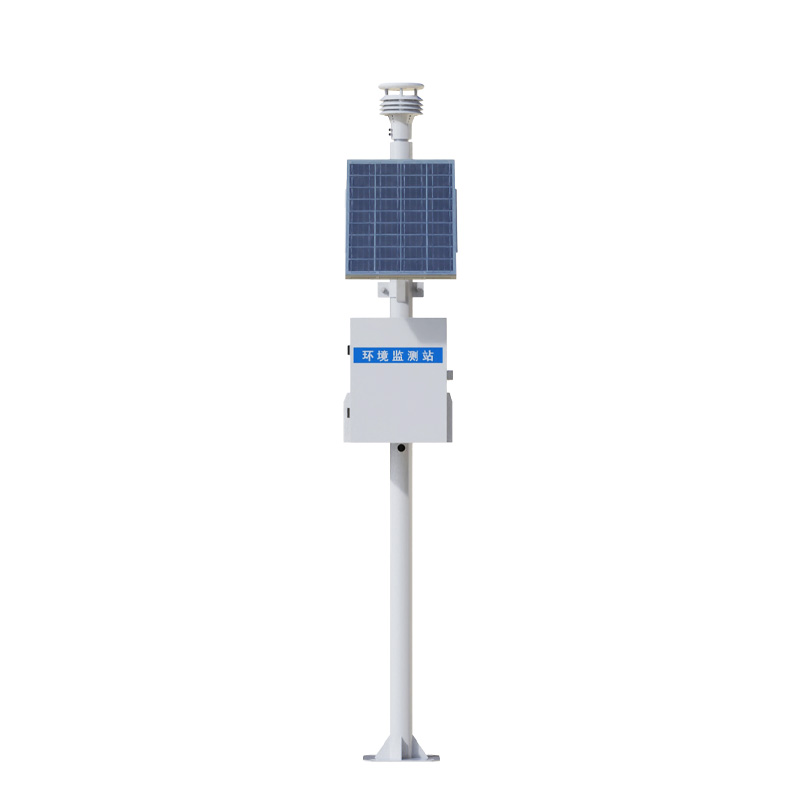
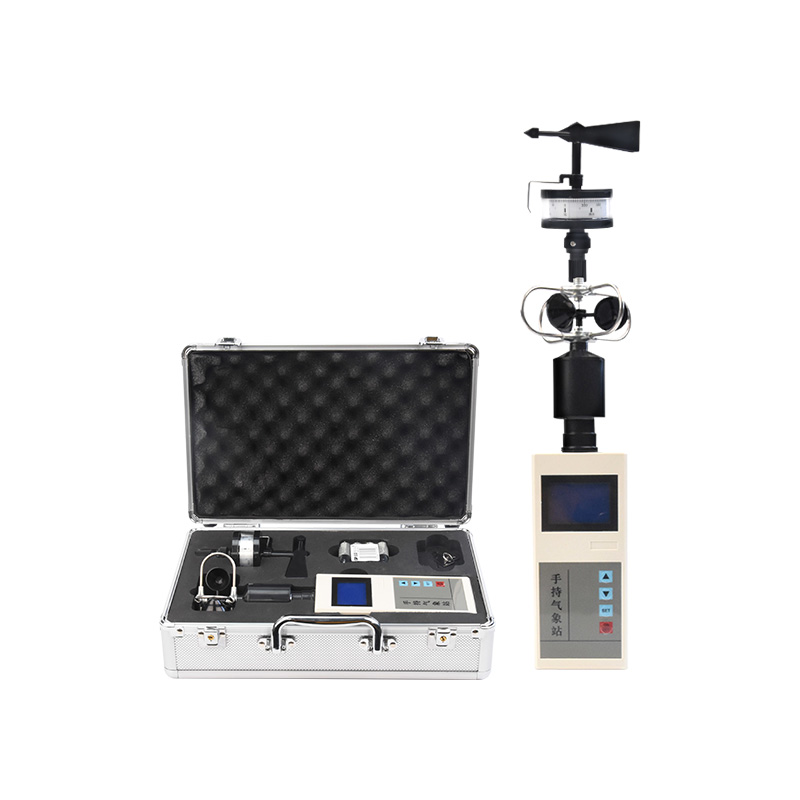
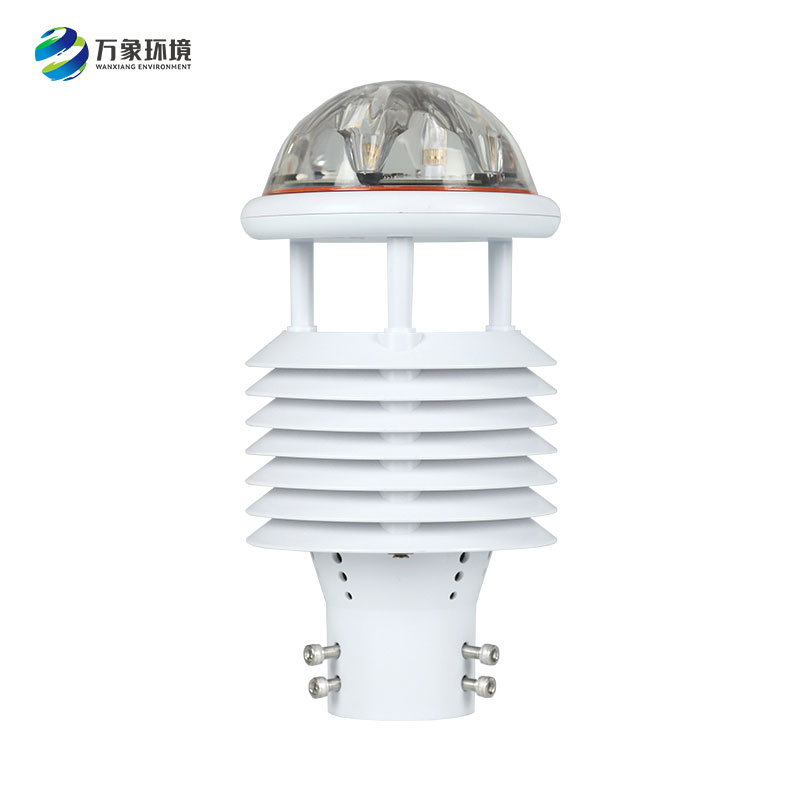
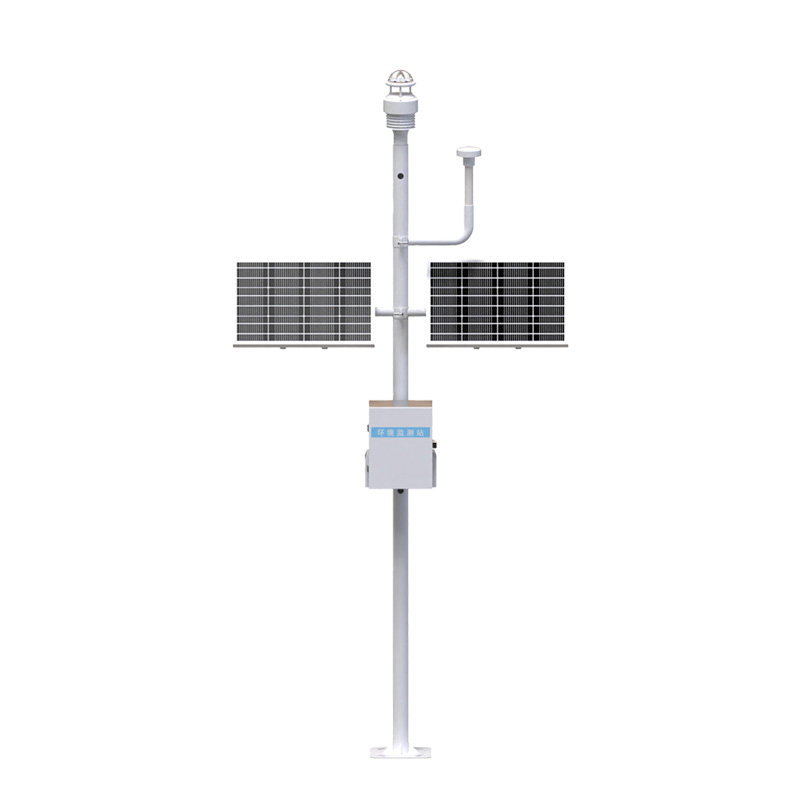


 Home
Home phone
phone Product Overview
Product Overview Contact Us
Contact Us